This article is about a special food from Japan’s Ishikawa Prefecture. This dish, called Fugu no ko no kasuduke, shows how people have preserved food for a long time. It is a unique and clever dish that turns a dangerous ingredient into something safe and delicious. As you read, you will learn how this extraordinary food is made, where it came from, and a place where you can try it yourself. This look into an old tradition will help you better understand the cleverness and history found in Japanese food.
What is Fugu no ko no kasuduke?
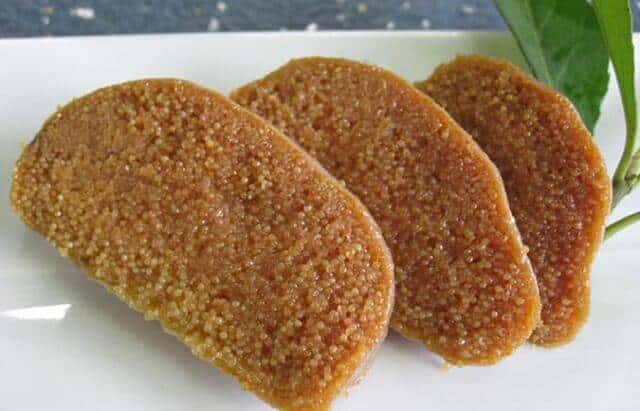
Fugu no ko no kasuduke (ふぐの子の粕漬け) is a traditional Japanese delicacy made from the ovaries of the pufferfish. The pufferfish, or fugu, is notoriously famous for its powerful and deadly poison, tetrodotoxin, highly concentrated in its internal organs, including the ovaries. The creation of this dish is a testament to a unique and lengthy process that renders the toxic ovaries edible. The process begins with salting the ovaries for approximately two years. This is followed by a year-long pickling period in sake lees and rice bran.
Over this three-year period, intense fermentation and curing miraculously remove the poison. The lethal ingredient transforms into a savory, umami-rich food with firm texture. The final product is considered a rare delicacy in Japanese cuisine.
History
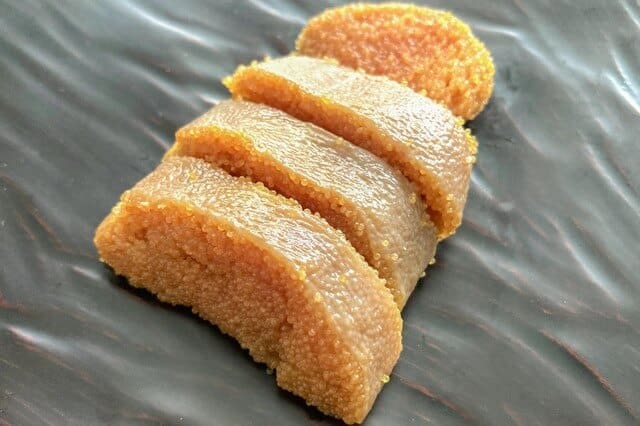
The history of this dish is as captivating as the food itself. Its origins traced back to the Edo period (1603-1868), a time when the consumption of fugu banned officially across Japan due to its poisonous nature. However, in the coastal regions of Ishikawa, particularly around the areas of Kanazawa and Mikawa, local communities developed this extraordinary method to preserve the ovaries, allowing them to circumvent the ban and continue a cherished culinary tradition. The exact mechanism by which the detoxification occurs remains a mystery to modern science, yet the effectiveness of the process has been proven over centuries. This tradition, passed down through generations safeguarded by strict regulations.
Today, Ishikawa Prefecture is the only place in Japan with special permission to produce and sell this delicacy, with all products undergoing rigorous toxicity testing before they deemed safe for consumption. This historical context highlights not only the resilience of a food tradition but also the deep trust placed in the time-honored methods of its creators.
A Restaurant to Experience This Dish
Arayo (あら与)

Arayo (あら与), a venerable establishment founded in 1830, specializes in this and other fermented products. Starting its life as a seafood wholesaler, the company has a long history of making fermented foods like kasuzuke and nukazuke. Furthermore, the business has a cafe where patrons can try the dish in various preparations and a retail shop where they can purchase it to take home.
Conclusion
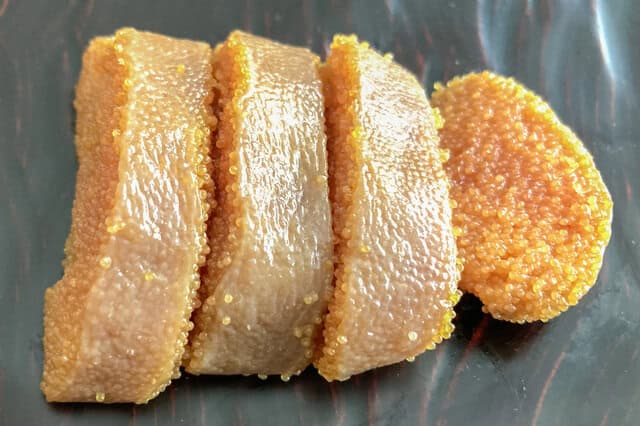
Fugu no ko no kasuduke is more than just a dish; it is a symbol of human ingenuity and cultural heritage. It stands as a powerful example of how a community can transform something inherently dangerous into a treasured part of its identity through generations of perfected craft. The long and careful process of salting and pickling not only removes the poison but also creates a deep, unforgettable flavor. This traditional food is a cornerstone of the region’s fermentation culture.
If you appreciate the unique flavors and stories behind such foods, you might also enjoy other fermented dishes from the same region, such as saba no heshiko, a pickled mackerel, or konkaiwashi, pickled sardines. Each of these dishes shares the same principles of patience and transformation, offering a different but equally rewarding taste experience.
Fugu no Ko no Kasuzuke (Fermented Blowfish Roe in Sake Lees) FAQ
Fugu no Ko no Kasuzuke (Fermented Blowfish Roe in Sake Lees) FAQ
- What is Fugu no Ko no Kasuzuke?
It’s a rare delicacy from Ishikawa Prefecture, made by fermenting blowfish roe (fugu eggs) in salt for years, then pickling it in sake lees (kasu).
- Isn’t blowfish usually poisonous?
Yes, but the roe used here is carefully processed and fermented over a long time to make it safe. It’s a traditional food with strict preparation methods.
- What does it taste like?
Rich, salty, and full of umami with a deep aroma from the sake lees. It’s considered an “adult taste” and pairs perfectly with sake.
- How do you eat it?
Usually in small amounts as a side dish with rice or as a nibble with sake. A little goes a long way!
- Where can I try Fugu no Ko no Kasuzuke?
You can find it in Ishikawa Prefecture, especially Kanazawa and Noto, at specialty shops, traditional restaurants, and sake bars.
- Can I take it home as a souvenir?
Yes, it’s often sold in jars or vacuum packs, making it a unique regional gift for food lovers.
- Is it suitable for everyone?
Because of its strong salty taste and unique fermentation, it may be challenging for first-time eaters. But adventurous foodies often love it!
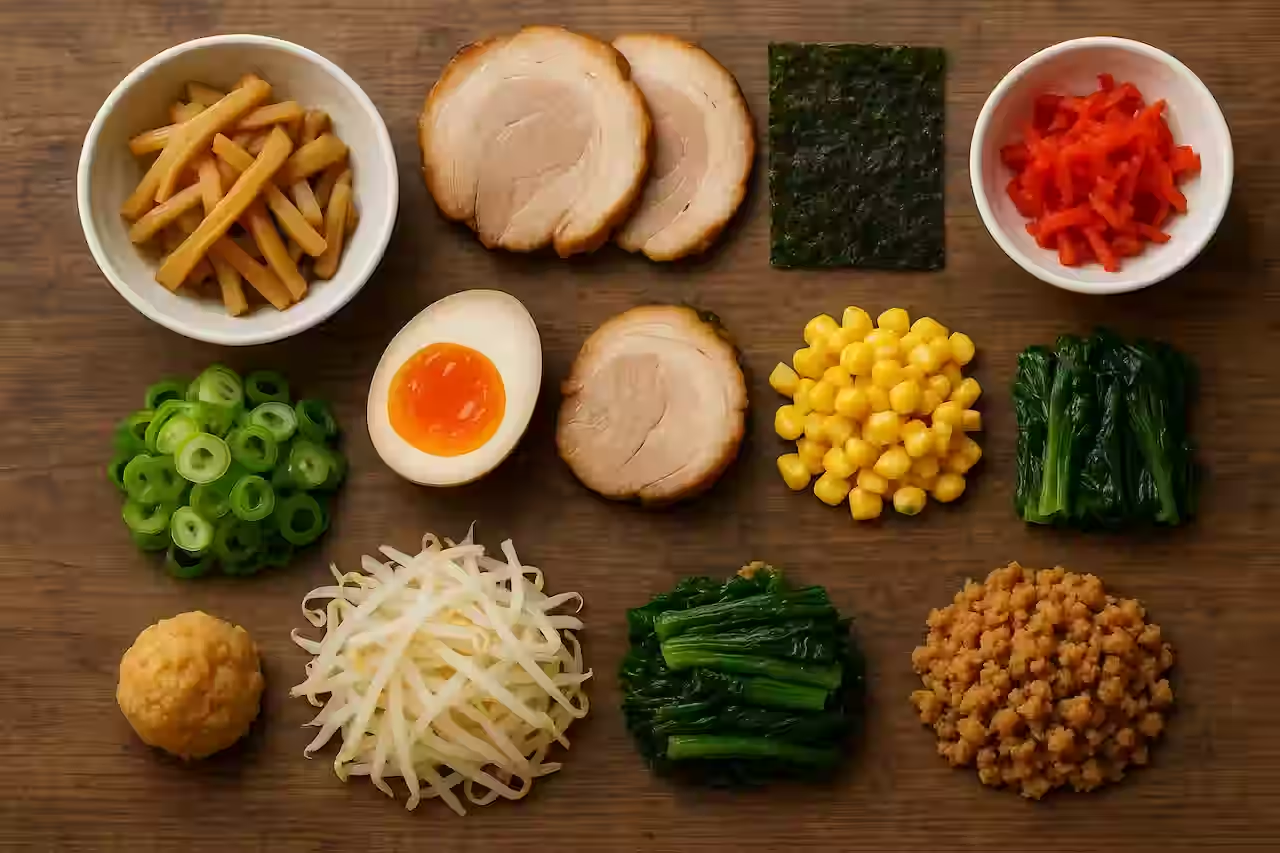
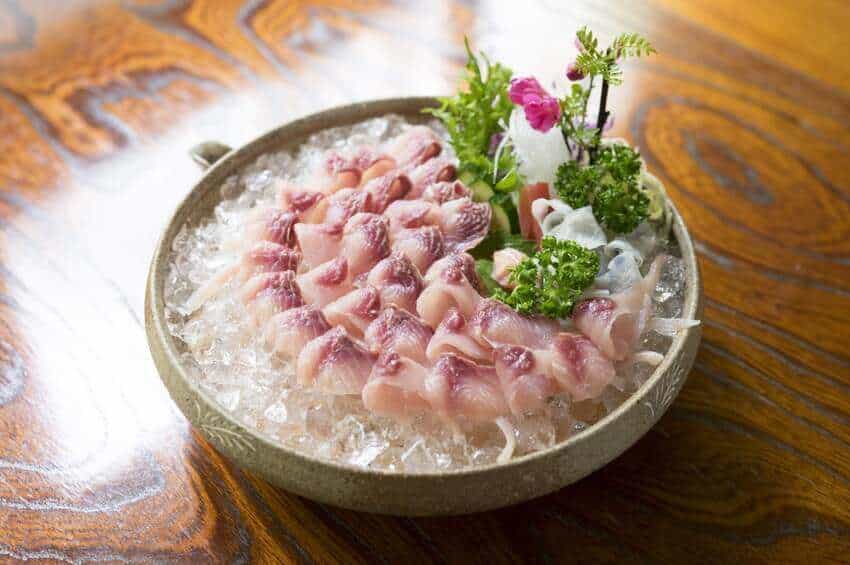
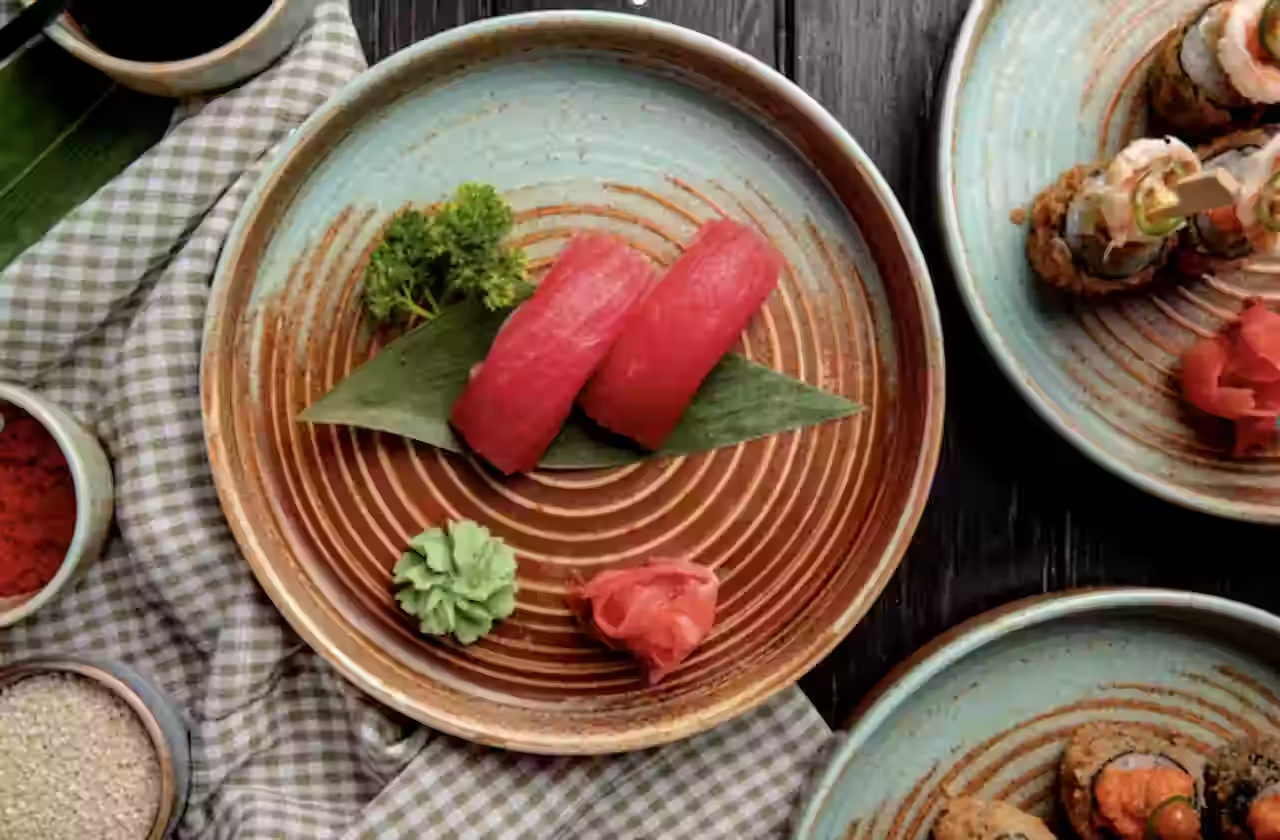
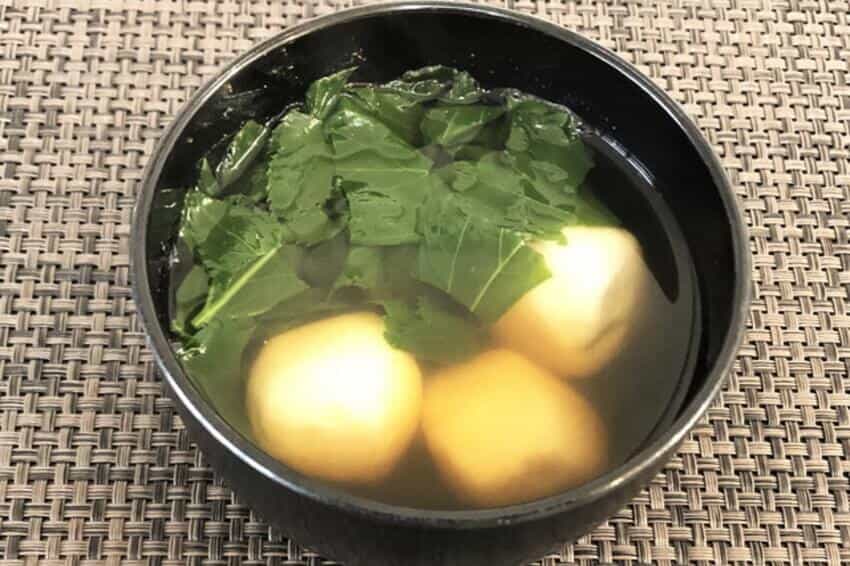
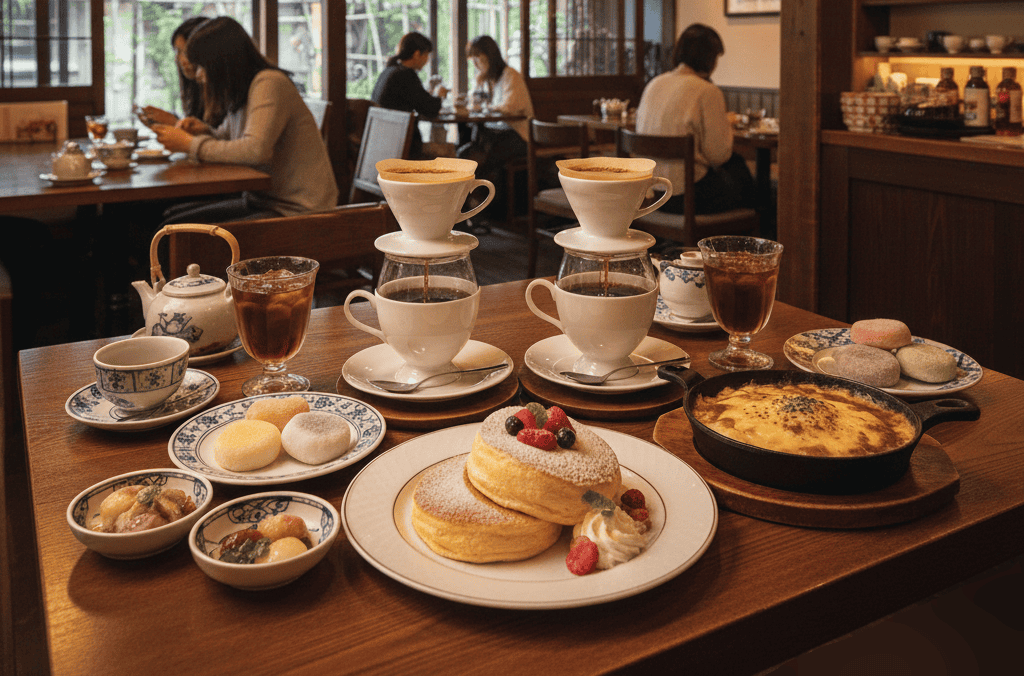

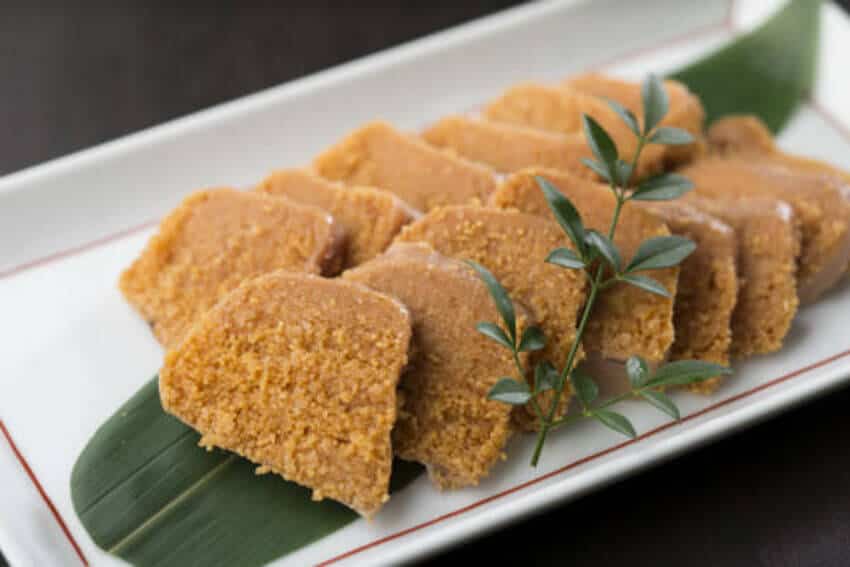
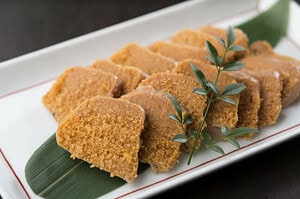
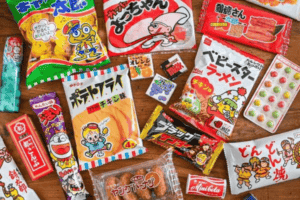
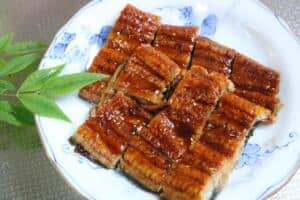
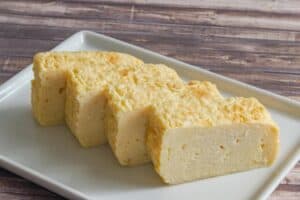
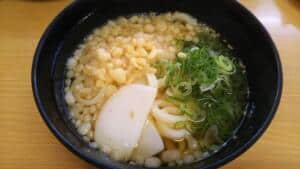
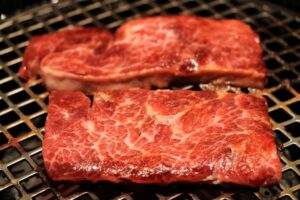


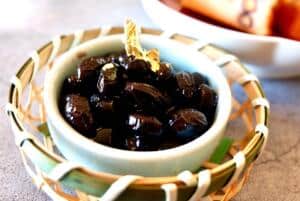
Comments